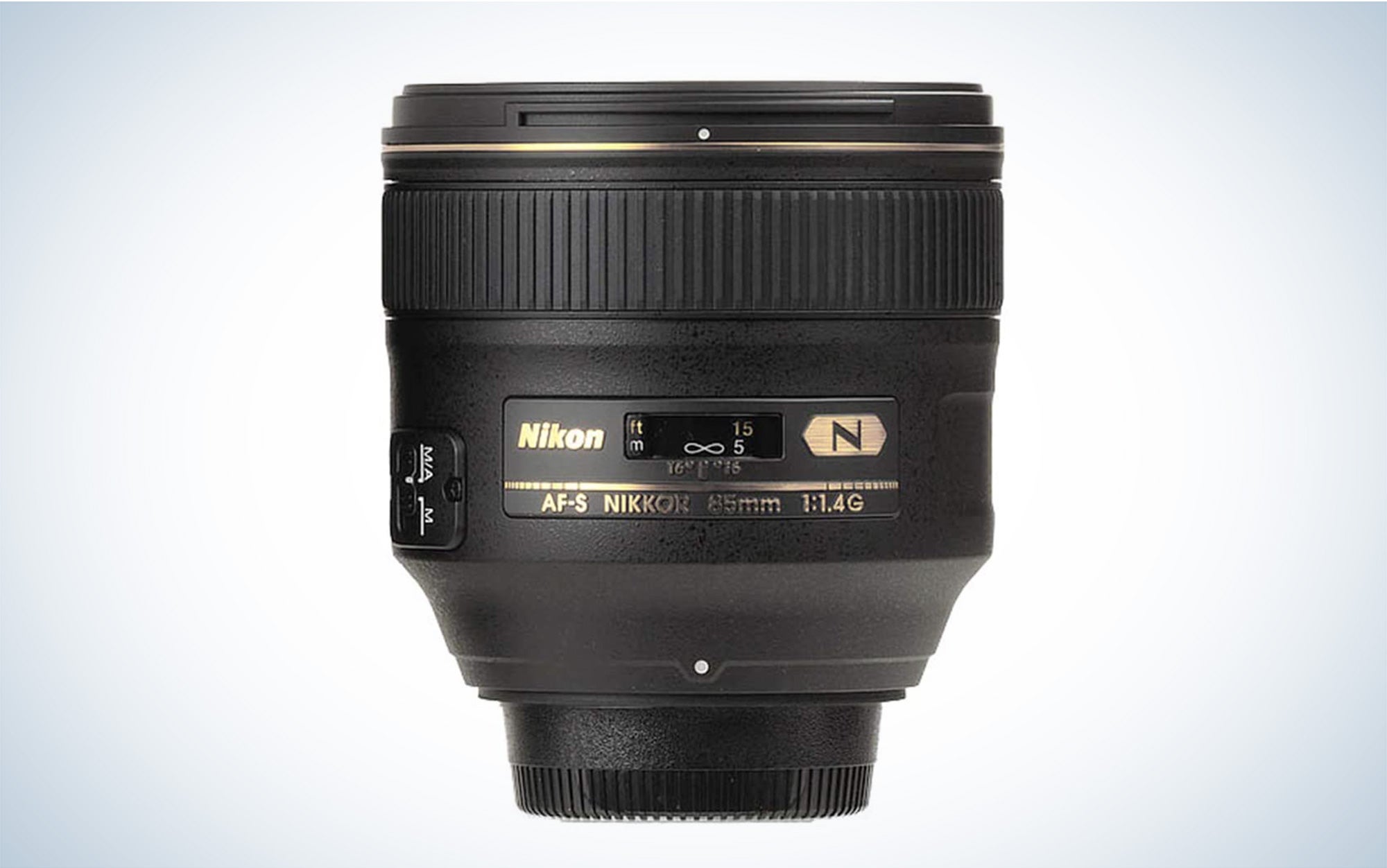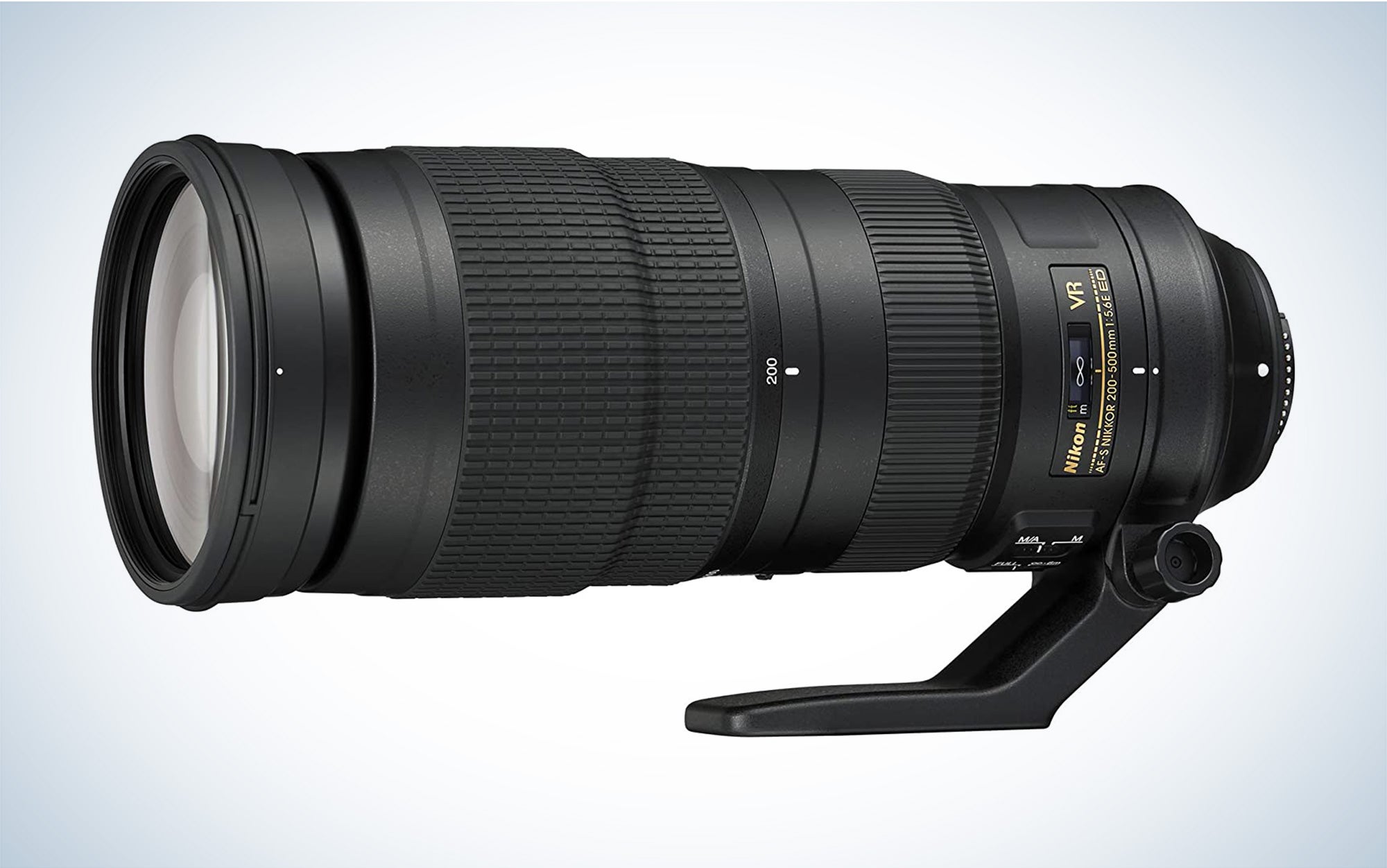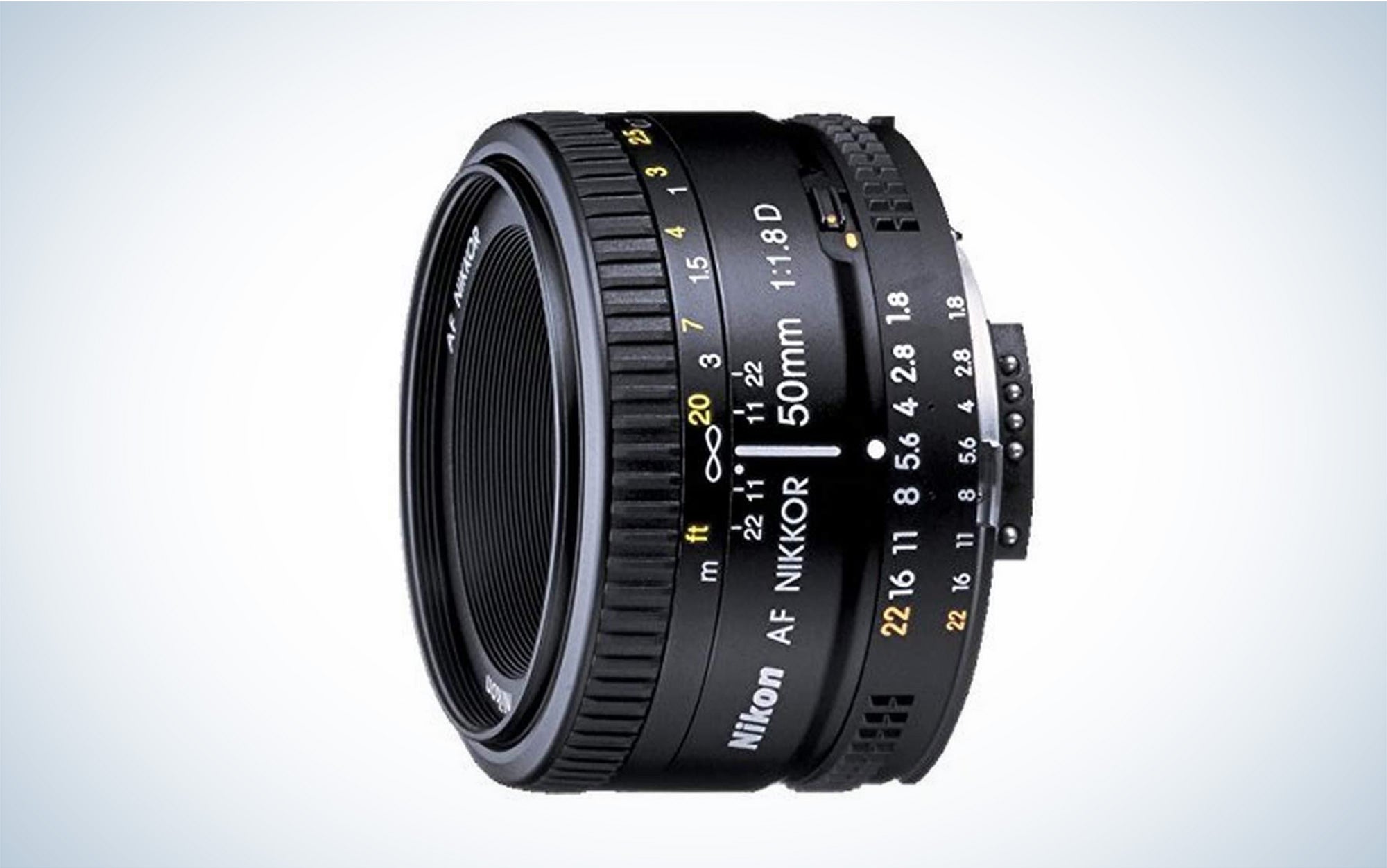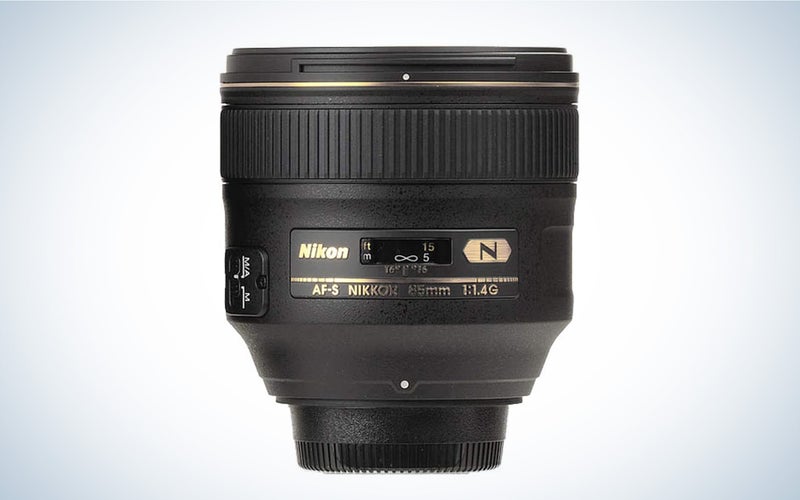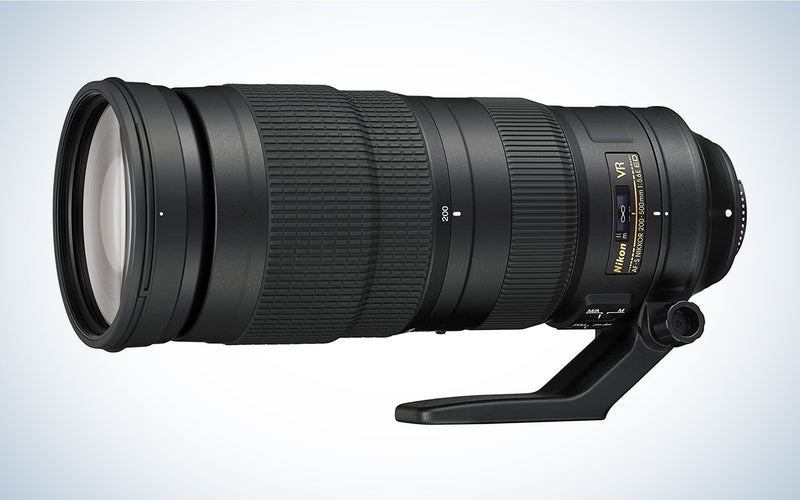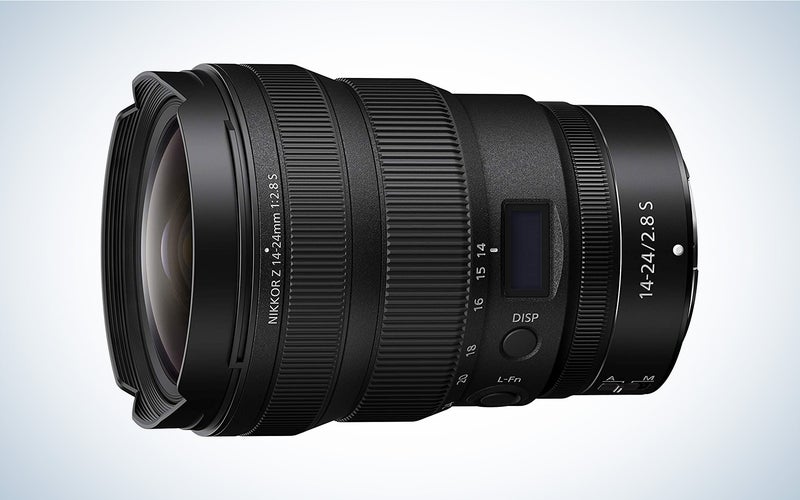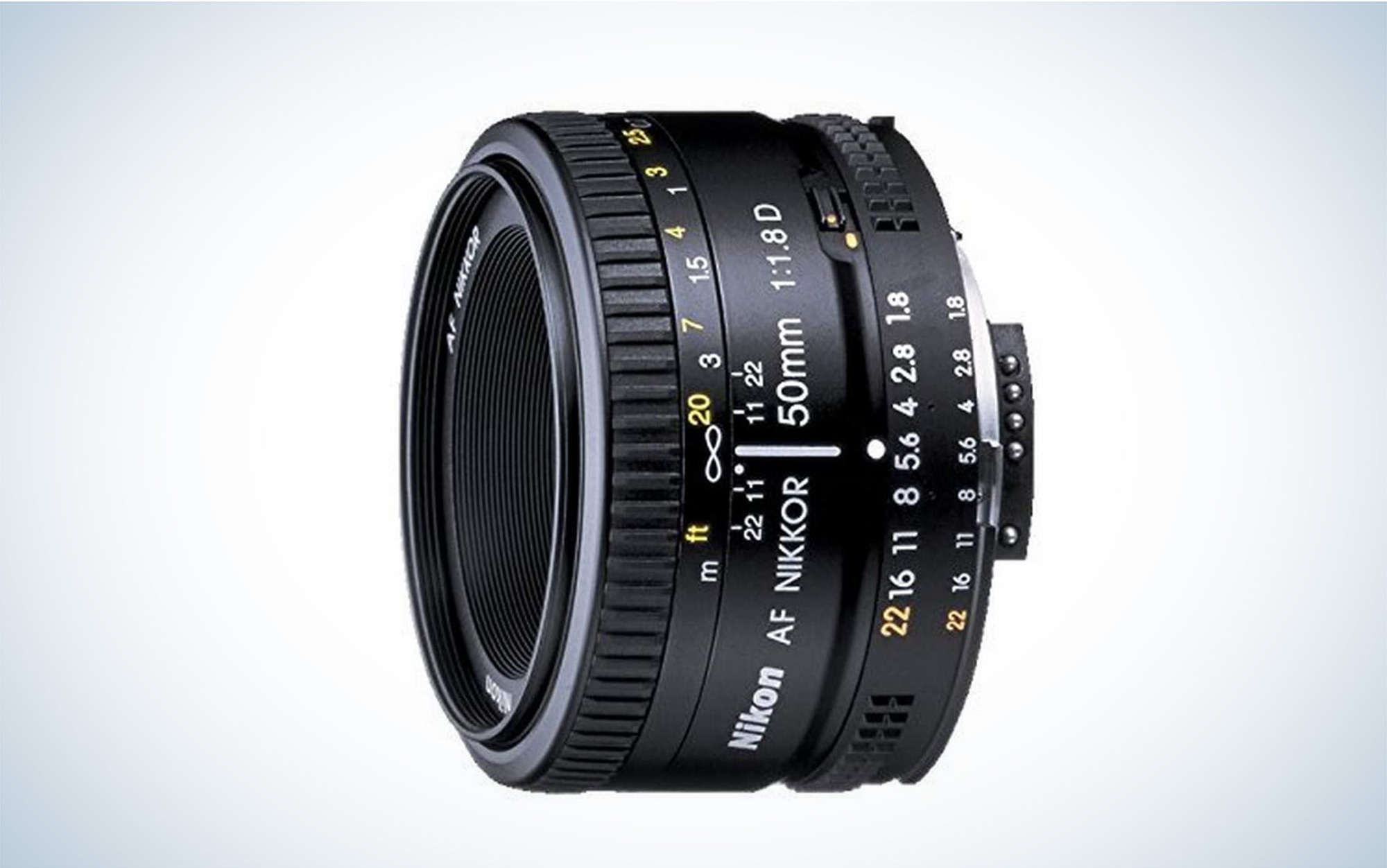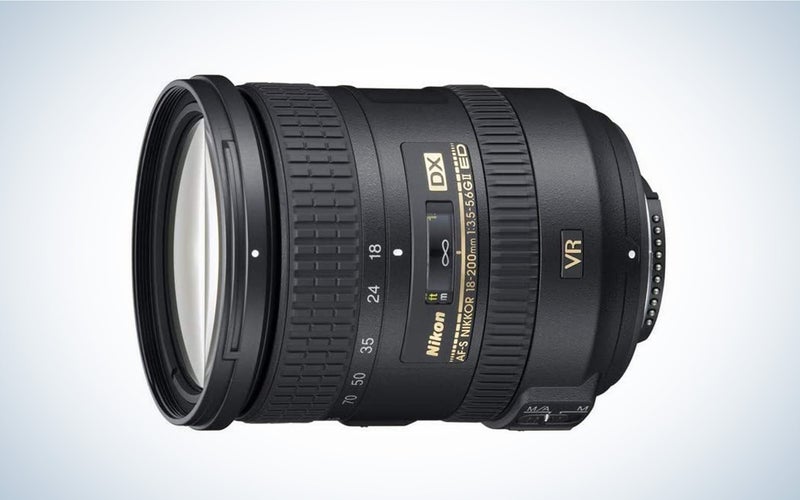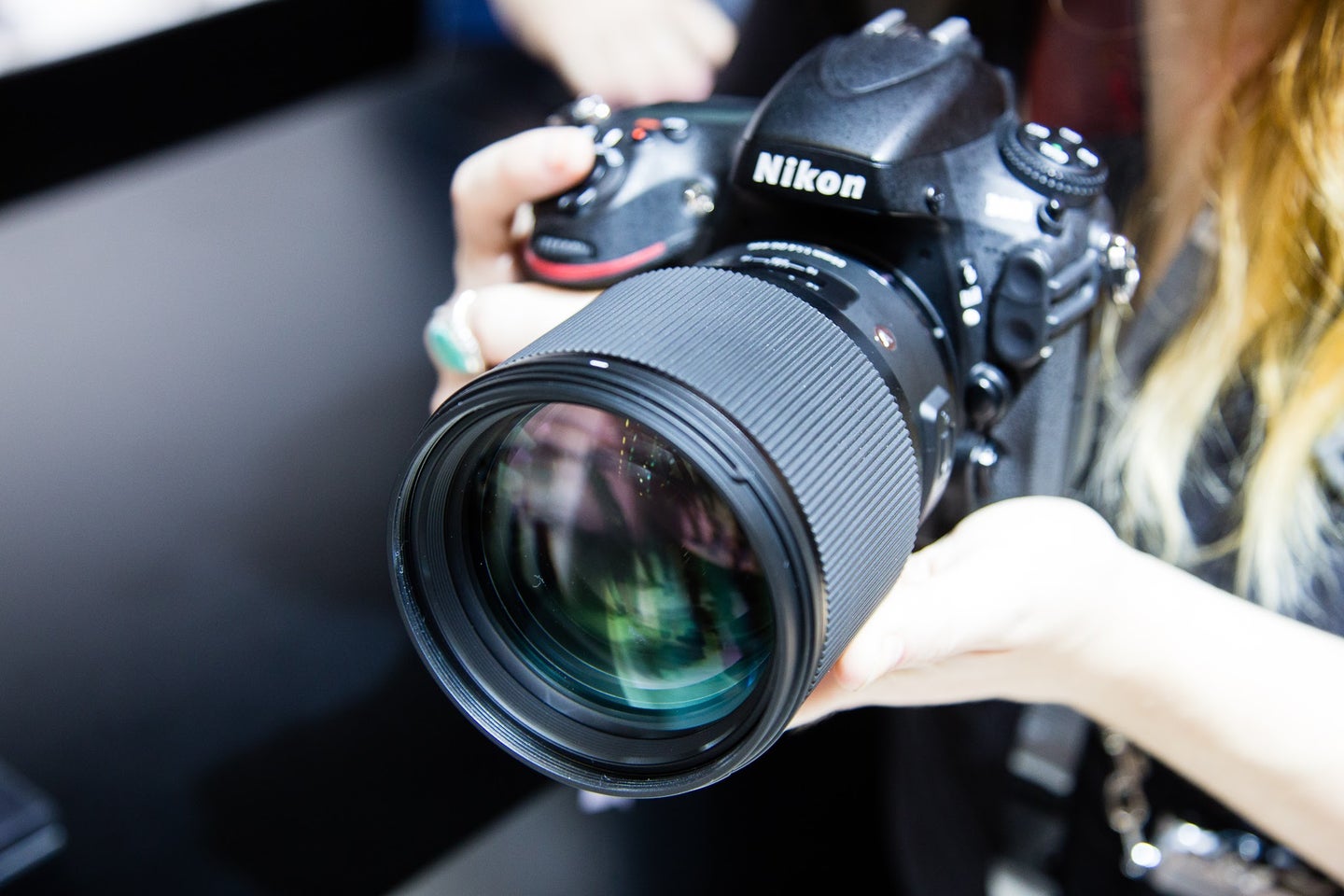
Building a lens collection is a critical part of your photography journey. In some ways, adding the right lens to your Nikon photography equipment is even more important than your choice of camera, especially if you concentrate on a certain genre of photography such as portraits, wildlife or street photography. The type of lens you select can make all the difference between a so-so photo and consistently excellent images. Whether you’re shooting with a full-frame DSLR, an APS-C DSLR, or a Nikon Z-series mirrorless camera, we’ll help you sort through the best Nikon lenses available.
- Best Nikon lens overall: AF-S FX Nikon NIKKOR 85mm f/1.4
- Runner up: AF-S FX NIKKOR 200-500mm f/5.6E ED VR lens
- Best wide-angle Nikon lens: Nikon NIKKOR Z 14-24mm f/2.8 S
- Budget pick: Nikon FX NIKKOR 50mm f/1.8D
- Also consider: AF-S DX NIKKOR 18-200mm f/3.5-5.6G ED VR II
Choose the right focal length
The best Nikon lenses are both a personal and practical preference. It depends on a number of factors. Perhaps the most important criterion is the type of images you want to shoot. In order to capture the best image in each photographic genre you’ll want to look for certain specifications in a lens, particularly the focal length. Keep in mind that focal lengths are affected by the camera’s sensor size. While full-frame cameras produce the actual field of view of full-frame (FX) lens’ stated focal length, an APS-C camera (or DX lens) crops the field of view and delivers 1.5x the angle of view.
The good news is that both FX and DX Nikon lenses can be used interchangeably on Nikon DSLRs. It’s important to note, however, that a DX Nikon lens still applies a 1.5x crop on a full-frame Nikon camera. Set the full-frame Nikon DSLR to automatically switch to crop mode when a DX lens is mounted and you’re good to go. Nikon mirrorless cameras have a different mount than DSLRs so you’ll either need to buy a native Nikon Z-series lens or an adapter to use your DSLR lenses on the mirrorless camera.
How fast is the aperture?
Another important specification to look for is the lens’ aperture range. A smaller number, f/2.8 for example, indicates a wider maximum aperture which lets in more light. This allows you to shoot in lower light conditions while maintaining a fast-enough-to-handhold shutter speed. And a fast lens (small number maximum aperture) also provides the ability to create a shallow depth of field, which helps blur the background, which is an important feature for portrait and macro lenses. But don’t turn your nose up at lenses that have slower (higher number) or variable apertures (which change as you zoom the lens). If you’re going to be shooting outdoors in bright light or with a strobe, those numbers shouldn’t be a problem.
Nikon DSLRs lack in-body image stabilization (IBIS), so you might want to consider a lens with optical image stabilization, especially for telephoto lenses. This feature is indicated by the letters VR (vibration reduction) in Nikon lenses. Currently, all Z-series Nikon mirrorless cameras (except for the entry-level Nikon Z50) feature IBIS so you’re less likely to find image-stabilized Z-series lenses.
Are you looking for a Nikon portrait lens?
Focal length is an important consideration for portrait lenses and a short telephoto (85mm or 105mm) lens is the best choice for most scenarios like headshots or ¾ shots. For full-body shots or very small groups, you can go wider, perhaps 70mm or 50mm. The exception may be for environmental portraits where you want to include the subject’s surroundings to communicate more about who that person is. For the latter, a 35mm lens should work well. Any wider and you run the risk of distorting facial features.
Generally, a fast lens—one with a wide (low number) maximum aperture—works well for portraits because it’s possible to generate a shallow depth of field. This blurs the background and helps focus attention on the subject.
Best Nikon lens overall: AF-S FX Nikon NIKKOR 85mm f/1.4
Nikon
The AF-S FX Nikon NIKKOR 85mm f/1.4 lens is one of the best Nikon lenses for portraits. The lens produces sharp-as-a-tack images and thanks to its f/1.4 aperture, creates a beautiful boken that softens the background to emphasize your main subject. For budget-minded Nikon shooters, take a look at the AF-S NIKKOR 85mm f/1.8G. Nikon Z-series shooters should check out the NIKKOR Z 85mm f/1.8 S lens.
Looking for a Nikon super telephoto zoom lens with amazing reach?
Super telephoto zoom Nikon lenses have an incredible reach of up to 500mm. And while there are prime lenses up to 800mm, a zoom provides more flexibility and comes with a smaller pricetag than a prime lens. Just be sure that there’s enough zoom range to capture your intended subjects. Alternatively, you can purchase a shorter zoom and use a teleconverter to add the extra focal length (check to make sure it’s compatible with the Nikon teleconverters).
With long range lenses comes the critical need for image stabilization. These lenses are generally heavy and it’s likely that you may not always need or want to use a tripod to keep the lens steady. But look for a lens that comes with a tripod /lens collar so you can easily mount it on a tripod or monopod when you do want/need a physical support.
Telephoto zoom lenses often have a variable maximum aperture that changes as you zoom the lens to its full length. Generally that’s not a problem, particularly if you’re shooting in bright light. And, because most telephoto zooms offer VR (vibration reduction), you can get away with slower than normal shutter speeds. But be prepared to up your ISO setting when conditions warrant.
Runner up: AF-S FX NIKKOR 200-500mm f/5.6E ED VR lens
Nikon
Distant subjects are no longer out of reach with the AF-S FX NIKKOR 200-500mm f/5.6E ED VR lens thanks to its awesome zoom range and up to 4.5 stops of vibration reduction. A lens collar is included and the lens is compatible with Nikon’s teleconverters for up to twice the focal range. Don’t forget, an APS-C camera adds 1.5x (or about 750mm) to the lens’ reach, too.
What to consider when purchasing an everyday Nikon zoom lens
While some Nikon cameras come with a kit zoom lens, it’s sometimes better to purchase the body only and step up to a more capable and better quality lens for your everyday shooting. Ideally, the lens’ zoom range is broad enough to cover a variety of scenarios—from wide angle landscapes to smaller, distant subjects and everything in between.
These types of all-in-one lenses are often an economical substitute for several individual lenses. Not only are they easier on your budget but on your gear bag as well. Instead of packing (and carrying) multiple lenses, there’s only one. And the flexibility of having multiple focal lengths at your fingertips means you’re less likely to miss a shot. Just turn the zoom ring and hone in on an eagle in the distance and quickly zoom out to catch a beautifully lit landscape at sunset without missing a beat.
VR (vibration reduction) is always a good feature to have, especially if the zoom ventures into the telephoto range since you’ll need an assist when handholding the setup. And since the lens is likely to have a variable aperture with a smaller (higher number) maximum aperture, image stabilization is even more important since you may have to venture into the realm of slower shutter speeds. At the same time, the lens is likely to be smaller and lighter than a zoom lens with a fast (low number) maximum aperture so it’s a good compromise.
How to shop for a wide-angle lens
Perhaps one of the key questions to ask yourself is how wide is wide enough for your purposes? Any lens wider than 50mm on a full-frame lense (35mm on an APS-C sensor) is considered a wide-angle lens. Beyond that, you’ll get into the ultra-wide category. For the most flexibility, it’s best to choose a zoom lens that can be used for everything from broad vistas and astrophotography to (very) slightly more compact framing for city and street photography.
A fast lens with at least an f/2.8 maximum aperture is ideal especially if you plan to shoot in low light conditions. The need to open up a lens to let more light in is particularly important for specialty photo genres such as night sky/astophotography as well as underwater photography.
Even with a large (lower number) aperture, there may be times when you need image stabilization to avoid camera shake so lenses with that feature may be worth the extra expense.
Best wide-angle Nikon lens: Nikon NIKKOR Z 14-24mm f/2.8 S
Nikon
Designed for Nikon Z-series mirrorless cameras, this ultra wide-angle zoom has it all. It’s one of the best Nikon lenses, although it comes with a price tag to match. Edge-to-edge sharpness, image stabilization and a fast maximum aperture to capture low light shots on land, underwater, and in the night sky. Also check out the Nikon AF-S NIKKOR 14-24mm f/2.8G E for full-frame and APS-C Nikon cameras.
Shopping for Nikon camera gear on a budget?
There are several ways to save your hard-earned dollars without sacrificing lens quality. While there are third-party and used options, our ideal is always a new native (in this case Nikon) lens. But when budget is a top criterion, you’ll generally have to give up VR (vibration reduction) and, with a few exceptions, have to work with slower (higher number) f-stops.
Fortunately, you don’t always have to sacrifice the mainstays of good lenses or have to spend a lot of money to find a lens that will make a difference to your photography experience regardless of how long you’ve been shooting. One of the most popular focal lengths for all-around shooting is what’s called the “nifty fifty.” A 50mm lens is not only a staple of many photographers’ gear bags but a standard option for all lens manufacturers. In fact, Nikon has several 50mm models at different price ranges. Overall, these lenses are generally compact, fast, and deliver sharp images so you can pick the lens that best fits your budget without many, if any, compromises.
Budget pick: Nikon FX NIKKOR 50mm f/1.8D
Nikon
Despite its low price and compact 2.5 x 1.5 inch size, this little Nikon lens is the perfect go-to lens for a variety of scenarios. It weighs a mere 5.5 ounces so it’s a lightweight companion and delivers everything you need thanks to its fast autofocus and razor-sharp images. One caveat, though; it only works in manual focus with older cameras without an AF motor built-in like the Nikon D40.
Also consider: AF-S DX NIKKOR 18-200mm f/3.5-5.6G ED VR II
Nikon
Measuring 3.0 x 3.8 inches, this Nikon lens packs a broad focal range for its size. Because it’s designed for DX Nikon cameras (but works with full-frame Nikon DSLRs as well), you get 1.5x its designated range, which translates to a highly versatile 27-450mm field of view. And, you get the latest version of Nikon’s Vibration Reduction to help combat camera shake. If you’re a Nikon Z-series shooter, check out the NIKKOR Z 24-200mm f/4.6-6.3 VR lens.
FAQs
Q: What is Nikon’s sharpest lens?
If you want maximum sharpness, you’ll have to spend ore cash. Lenses typically perform better when they’re stopped down a bit from their maximum aperture. Faster apertures typically cost more. If you want the absolutely sharpest lens, you can typically look to the tilt-shift lenses. Because the lenses can move around, they have to create a larger image circle than a regular lens. As a result, shooting in the center of the image circle puts the entire sensor in the sharpness sweet spot.
Q: Are Nikon VR lenses worth it?
The short answer is yes, Nikon VR lenses are worth the extra money. The long answer is, it depends. In some cases, Nikon’s VR can make all the difference in whether or not you get the shot. This is especially true when handholding telephoto lenses when the extended focal length makes it difficult to keep the lens steady enough to get a sharp image without a tripod. And, if you’re shooting in low light and can’t achieve a good exposure with a handholdable shutter speed, VR can compensate for camera shake resulting from a slow shutter speed.
Q: Why are Nikon lenses so expensive?
The truth is, Nikon lenses aren’t any more expensive than comparable native lenses from other camera manufacturers. Perhaps even more important is the fact that Nikon offers a variety of lenses in different price categories. The more affordable lenses tend to be DX format given that Nikon’s APS-C cameras are also priced more reasonably than full-frame cameras or FX lenses. While third party lenses for Nikon cameras are generally priced lower than their native Nikon equivalents, many people prefer to stick with the latter.
These native lenses are designed to work with Nikon cameras and may deliver better results than those from third party lens companies.
How to choose the best Nikon lenses
Choosing the best Nikon lenses to add to your camera gear isn’t as daunting as it may seem. Once you develop an assessment of the type of lens(es) you need, Nikon offers enough variety that you can easily match your shooting requirements to available options whether it’s for capturing portraits, wildlife or the vistas of stunning landscapes. At the same time, prices range from a couple of hundred dollars to many thousands so you can also find a lens to fit your budget (or close to it).
The post Best Nikon lenses of 2022 appeared first on Popular Photography.
